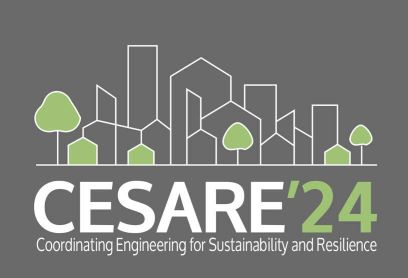Speaker
Description
The studied one-family building is located in the heritage protection area, which is represented as a homogeneous historic old city center.The case study building is located in the Võru city in South-Eastern Estonia and is the example of the 19. and 20. century construction periods and different architectural styles.
The aim of the research is applying circular economy principles on the case building through studying the condition of existing construction materials ́ to elaborate out sustainable restoration scenarios.
The study consists of: 1) condition assessment and clarification of culture heritage value, 2) non-destructive testing of the existing building structures, 3) destructive testing of the selected material specimens, 4) cost estimation of restoration scenarios of the case building.
Based on the results of condition assessment the necessary restoration measures to achieve the habitable condition of this historical building are proposed.
According to the results of condition assessment of the building as well as non-destructive and destructive testing, also a selection of existing and original construction and finishing materials (e.g. logs, rainwater gutter), authentic building components/elements (e.g. doors, stairs) will be made. The enhancement of circular ecology is explained through the calculation of savings of embodied energy and embodied carbon by re-using some of the original construction materials (e.g. wall logs, roof rafters etc.) and building structures (e.g foundation). By re-use of existing materials considerable primary energy and carbon dioxide as well the expenses spent on production as well as transportation of new materials will be saved. The savings are demonstrated The savings of embodied energy and carbon are acquired using the calculated amounts of materials on values from the Inventory of Carbon and Energy (ICE) Database and are demonstrated as a table of comparison to the new building materials/structures.
| Topics | Circular economy. CB-4: Showcasing Circular Building Success: Case Studies, Best Practices, and Implementation Stories |
|---|---|
| Keywords | circular economy, sustainable restoration, historical building, re-use of construction materials, testing of construction materials |

